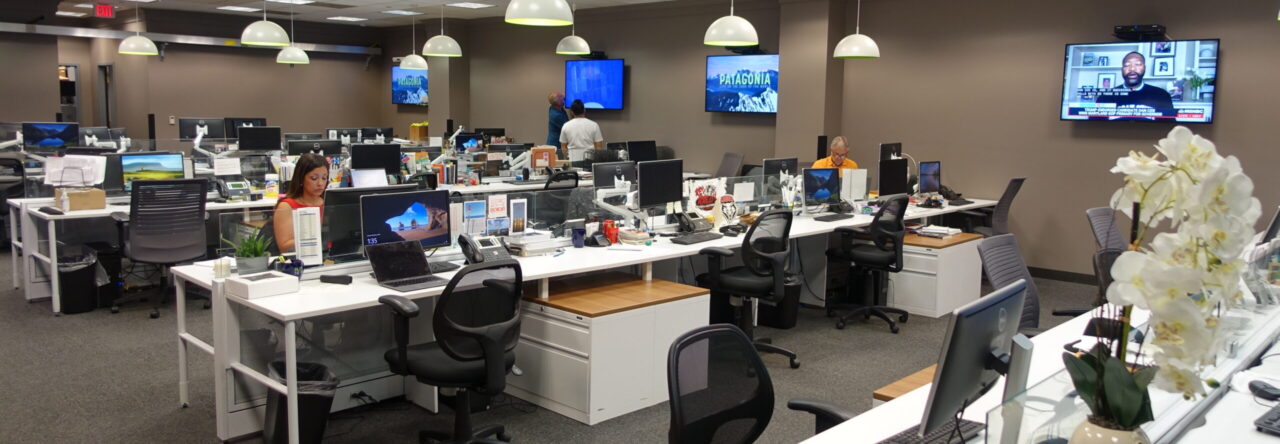 This is big news. Adrian Holovaty, one of the most important journalists you’ve never heard of (or maybe you have), has quit washingtonpost.com to strike out on his own after winning a Knight grant to experiment with hyperlocal journalism. His project will be called EveryBlock.
This is big news. Adrian Holovaty, one of the most important journalists you’ve never heard of (or maybe you have), has quit washingtonpost.com to strike out on his own after winning a Knight grant to experiment with hyperlocal journalism. His project will be called EveryBlock.
Holovaty, who’s in his mid-20s, is the master of the mashup, in which datastreams are merged to create something new and useful. Using publicly available data from the Chicago Police Department, he created ChicagoCrime.org, which automatically sorts crime information and plots it on Google Maps. (If you’d like to see such a feature in Boston, forget it — although the Boston Police deserve credit for their innovative blog, they do not make crime data available in a form that would allow an outside programmer like Holovaty to make sense of it.)
Another Holovaty special: The Congressional Votes Database at washingtonpost.com.
I saw Holovaty speak last summer at the Media Giraffe conference at UMass Amherst. I thought his most interesting comments were in response to a question as to whether he considers himself a journalist. His answer: absolutely. He laid out the differences between an electronic journalist and a traditional journalist like this:
- Gathering news: A traditional journalist calls sources and conducts research. An electronic journalist writes programs to fetch data.
- Distilling the news: A traditional journalist decides what’s worth including in her report for print, online or broadcast. An electronic journalist decides which data queries are worth showing to readers.
- Reporting the news: A traditional journalist writes or broadcasts news stories. An electronic journalist puts together Web presentations.
Do young people who want to pursue careers in journalism need to become programmers? Well, it’s certainly a promising field for those with the inclination and talent — but it’s not absolutely necessary. In fact, the Congressional Votes Database depends on contributions from traditional journalists, who do old-fashioned tasks such as deciding which are the key votes and describing them. At best, such journalism is a skillful amalgamation of old and new.
You can watch a video of Holovaty demonstrating ChicagoCrime.org here. And here is an excellent Q&A with Holovaty posted in the Online Journalism Review.
Photo of Holovaty (cc) by JD Lasica. Some rights reserved.
Discover more from Media Nation
Subscribe to get the latest posts sent to your email.

Mike Stucka
Very bright guy, and put the relatively small Lawrence, Kansas, newspaper on the map for reasons other than Truman Capote’s “In Cold Blood” and William Quantrill.Some of the things he helped create, either directly or through his Django language, are listed here
Anonymous
I just don’t see what he does as that important. Cool, yes. But far-reaching? No. Most of our journalism comes, and will always come, from checking documents, interviews, etc. Even the best computer-assisted reporting is awfully time-consuming, and requires news judgment far more than it requires programming.
adamg
Go, Adrian! He does wonderful stuff.As for Boston, chicagocrime could be replicated here. The part-1 data, which is what you’d want, is a public record, I bet. I once got a spreadsheet with the data and did a mashup of it.The problem is Boston’s, um, real-world mashup of addresses: It can be hard to figure out which “Washington Street” a crime took place on (and there are many other streets and even specific addresses that are duplicated across the city) – you’d have to match up the addresses with the police districts. Could be done, but would take more work than Holovaty put into Chicago. I think I had to correct the latitude and longitude of 30% of the addresses after I fed them into an address-to-coordinates engine. So instead, Boston Crime relies just on the stuff the BPD choses to put on BPDNews (and lacks all of the cool features Holovaty built into his site, but that’s my lack of time and programming chops showing).
jd
For the record, Adrian (whom I saw with his Washington Post boss Jim Brady 2 days ago) has taken a two-year leave of absence from the Wash. Post; he didn’t quit.Adrian’s database journalism work has been pioneering for some time. Now he’ll be bringing his work to other cities — templates that will let the rest of the industry catch up with his vision.